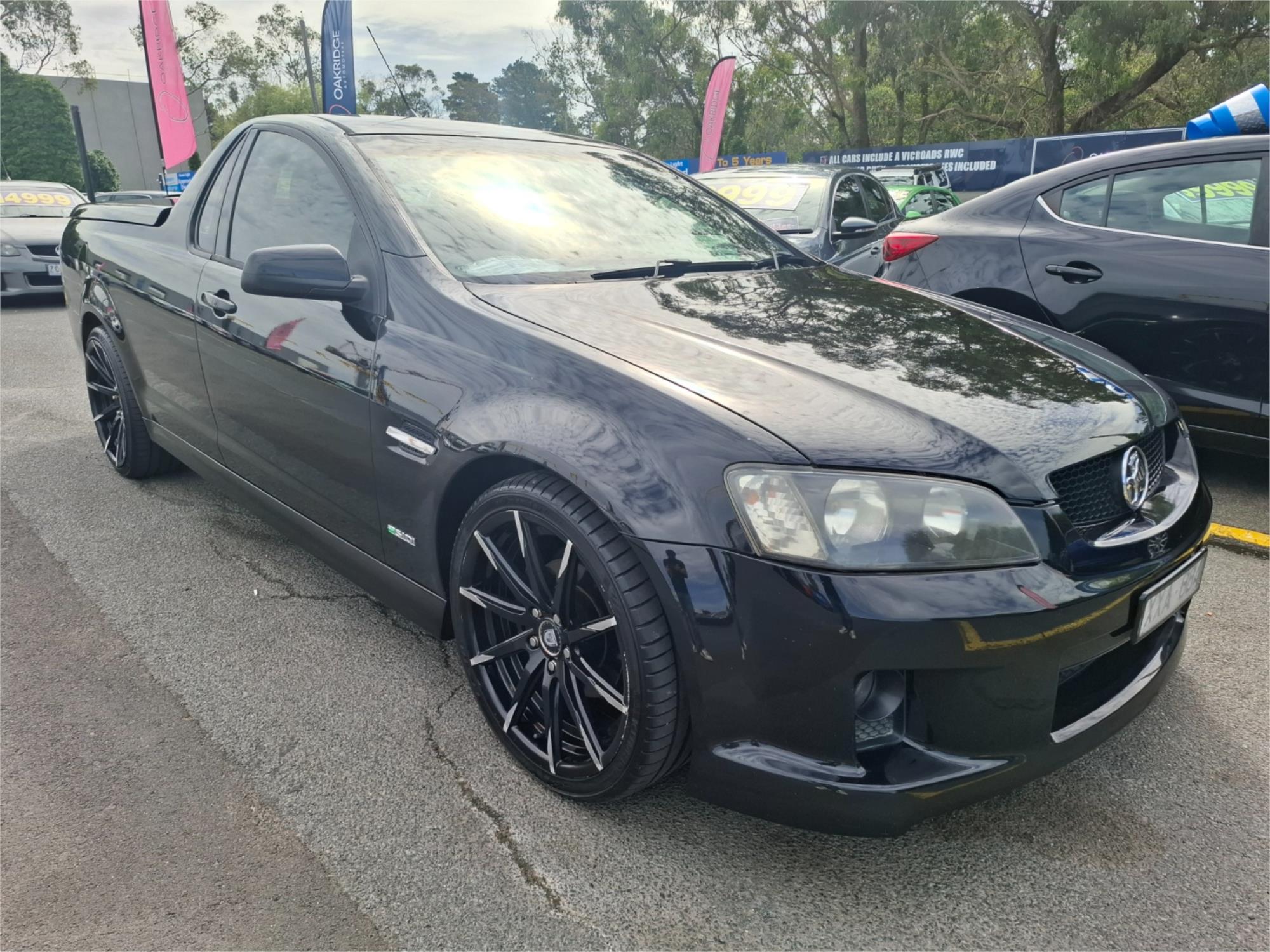1970 Dodge Challenger History
Although it lasted only five model years, the Dodge Challenger became one of the most storied muscle car nameplates in automotive history, with meticulously restored and rare examples today selling for high six figure prices. The Dodge Challenger made its debut in 1970, sharing Chrysler's "E-body" short deck, long hood platform with the third generation Plymouth Barracuda, although the Dodge Challenger's wheelbase was two inches longer. The Dodge Challenger was originally offered as a two-door hardtop or convertible, in base, SE (Special Edition), R/T (Road/Track) and T/A (Trans Am) trim.
But it was the range of powertrain choices that was truly remarkable:
-225-cubic-inch I-6; 145 hp
-318-cubic-inch V-8; 230 hp
-340-cubic-inch V-8; 275 hp (290 hp in the T/A)
-383-cubic-inch V-8; 290 hp
-383-cubic-inch V-8; 330 hp
-383-cubic-inch V-8; 335 hp
-426-ci HEMI V-8; 425 hp
-440-ci V-8; 375 hi
-440-cubic-inch V-8; 390 hi
Driveline choices for various engines included Chrysler's TorqueFlite automatic transmission and a three or four speed manual which could be equipped with a Hurst "pistol-grip" shifter. Big block Challengers could be ordered with a heavy duty Dana 60 differential equipped with limited slip differential. Even the paint schemes said "performance," with colours including Plum Crazy and Hemi Orange, accented with "bumble bee" stripes. Customers could further customise their cars with twin scooped hoods, "shaker" hoods and rear deck wings.












